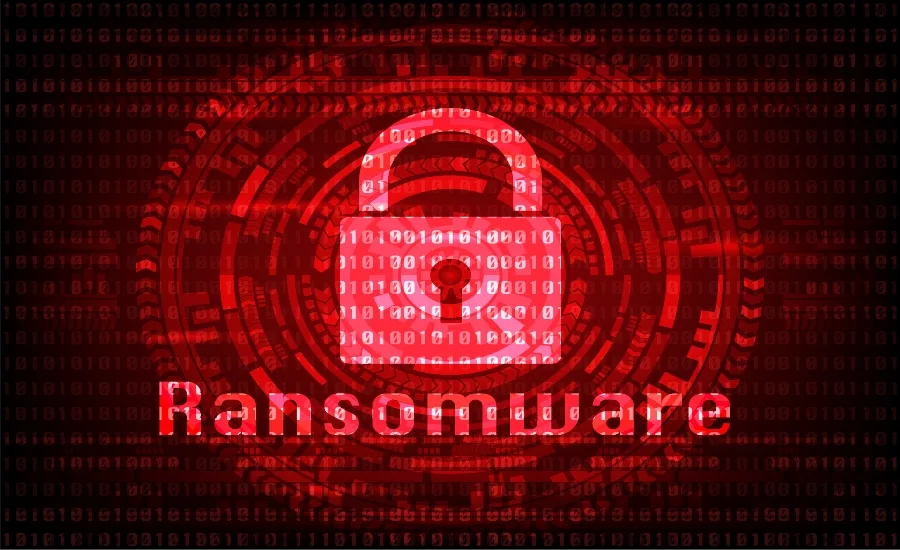Cloud presents biggest vulnerability to ransomware

Veritas Technologies surveyed more than 2,000 global IT leaders whose organizations have undertaken pandemic-led digital transformation and found the majority are severely vulnerable to ransomware attacks because they’ve been unable to keep pace with the accelerated digitization.
In fact, organizations would need to spend an average of $2.47 million to close the gaps in their technology strategy within the next 12 months. Additionally, the average organization experienced nearly three ransomware attacks that led to downtime in the past 12 months, and 10% were hit with ransomware more than five times.
Joseph Carson, chief security scientist and Advisory CISO at ThycoticCentrify, notes, “Ransomware is one of the top threats all organizations are facing today and a threat that can quickly bring an organization to a complete stop. It’s important to not only have an incident response plan in place but also be incident-ready. This means that you must practice and test your response plan.”
Carson adds, “Over the past year, many organizations accelerated their digital migration to cloud services in an attempt to stay productive while employees converted to working remotely. This major migration meant many organizations have simply moved the same security controls used on-premise and adapted them to their cloud environment. As a result, this has seriously increased risks and exposure for those organizations.”
Additional findings revealed:
- The cloud presents the biggest vulnerabilities to ransomware, as only 61% believe that their organizations’ security measures have fully kept pace with their digital transformation initiatives—the largest gaps being cloud technology (56%) and security (51%).
- The vulnerability lag has consequences, as organizations with at least one gap in their technology strategy have, on average, experienced around five times more ransomware attacks leading to downtime in the last year than those with no gaps.
- Digitization is outpacing security, as only just over six in ten (61%) respondents believe that their organization’s security measures have fully kept up since the implementation of COVID-led digital transformation initiatives, with 39% experiencing some form of security deficit.
- No organization is immune, with nine out of ten—88%—of organizations reporting that they experienced downtime in the past 12 months.
“When moving to cloud services, organizations must adapt security controls that enhance cloud security. Over the past few years, we have been discussing how the cloud can be secure by design. However, we must move beyond this term and move to secure by default, which means security must be on and used,” Carson says.
“Unfortunately for many organizations, they have migrated to cloud services. But, as security is not enabled by default, this has resulted in attackers taking advantage of these misconfigurations targeting organization’s cloud assets. This can easily become a nightmare for organizations as cybercriminals are increasing ransomware campaigns, and it is almost a daily occurrence of new victims having to decide on the best way to recover the business.”
As organizations migrate to cloud services, Carson says that leaders must prioritize a new security strategy that takes advantage of cloud assets. “This means identity is becoming the new security perimeter, and privileged access is the new security control along with a strong zero trust mindset that continuously verifies authentication and authorization requests. In cybersecurity, our job is to force the attackers to take more risks. As a result, this creates more noise in your infrastructure to give you a better chance to detect the attackers before they deploy nasty ransomware.”
Douglas Murray, CEO at Valtix, says, “The results of this survey aren’t surprising. Unfortunately, most organizations are dealing with a ticking time bomb of security concerns and technical debt built up over years of fragmented cloud efforts. Multi-cloud makes matters worse. This has left many organizations trying to play catchup while also dealing with the complexity of mastering cloud security – which is fundamentally different from on-premise security.
“The good news is that it inevitably always comes back to the best practices of defense in depth and ensuring that the right security controls and policy are deployed against every cloud workload. Various technologies can help reduce ransomware risk in the cloud, including network-based intrusion prevention, antivirus, and the segmentation of workloads. By taking a cloud-first approach to these problems, security leaders can set the stage for the future through a cloud-native, multi-cloud security architecture.”
Looking for a reprint of this article?
From high-res PDFs to custom plaques, order your copy today!







